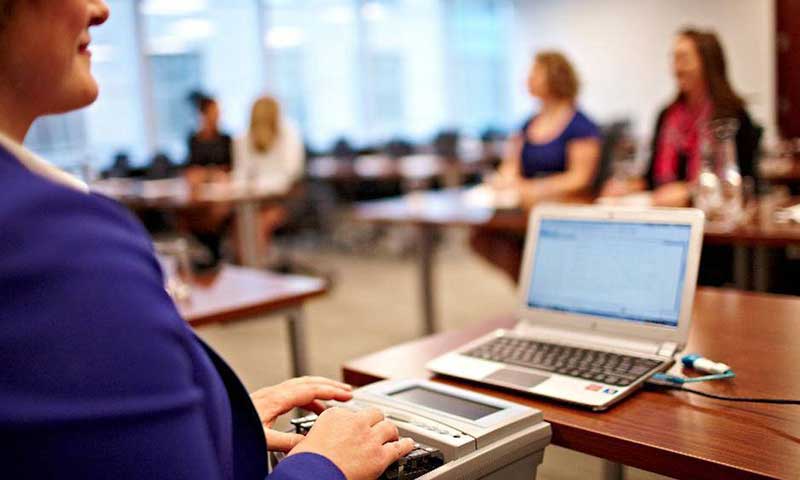Trial Presentation Tailored Solutions for Captivating Legal Presentations
Trial Presentation Tailored Solutions for Captivating Legal Presentations
Blog Article
Mesmerize the Court: Important Components of a Powerful Test Discussion
Necessary components such as understanding the audience, crafting an engaging story, and grasping spoken and non-verbal communication are important components of an effective presentation. As these aspects intertwine, they develop a cohesive technique that not just notifies however additionally engages jurors on several degrees.

Comprehending Your Audience
Comprehending your audience is a pivotal aspect of reliable test presentation. An effective discussion rests on the ability to grasp the demographics, worths, and tendencies of jurors. This understanding notifies how disagreements are framed, proof is offered, and emotional allures are crafted, ensuring that the message resonates with the jurors on a personal level.
Research study suggests that jurors come from varied backgrounds and may have differing degrees of understanding regarding lawful process. Additionally, recognizing the jurors' prospective biases and life experiences permits the test presenter to expect objections and address worries proactively.
Reliable trial discussion also includes observing jurors' reactions during the procedures. Being in harmony with non-verbal cues can provide insight into their engagement and receptivity, enabling real-time modifications in method. Ultimately, an extensive understanding of the target market not only improves communication yet additionally constructs relationship, raising the possibility of a beneficial outcome. Engaging with jurors as people instead than a collective unit is necessary in fostering a strong connection in the court room.

Crafting a Compelling Narrative
Crafting a compelling story is necessary in guiding jurors through the intricacies of an instance. A well-structured story not only simplifies elaborate lawful ideas but also engages jurors on a psychological degree, making the information a lot more relatable and unforgettable.
To accomplish this, attorneys must begin by identifying the core message they wish to communicate. This message ought to resonate with the jurors' worths and experiences, promoting a link that transcends plain truths. The narrative ought to unravel practically, presenting occasions in a clear sequence to prevent confusion. This chronological technique can help jurors adhere to the development of occasions, emphasizing cause and impact.
Including human components-- such as personal tales or stories-- can better enhance the narrative's impact. These components evoke empathy, enabling jurors to envision the effects of the situation on genuine lives. Furthermore, utilizing a consistent theme throughout the discussion strengthens the main debate, making it simpler for jurors to maintain crucial points.
Eventually, a compelling narrative transforms a trial discussion from a mere recitation of facts right into an influential story that mesmerizes the court, encouraging them to ponder with both factor and feeling.
Utilizing Aesthetic Help
Incorporating aesthetic aids into a test presentation can substantially boost jurors' understanding and retention of information. Visual materials such as graphes, representations, photographs, and videos can transform complex legal ideas and proof into easily absorbable styles. By engaging several senses, these aids permit jurors to envision the case's crucial elements, making it less complicated for them to follow along and realize elaborate details.
Moreover, properly designed visual help can emphasize crucial points and emphasize connections in between different items of proof. Timelines can effectively illustrate the sequence of events, while annotated pictures can clarify particular details relevant to the case. This not only aids in understanding yet likewise enhances the story presented by the attorney.
Overly intricate or cluttered visuals may bewilder jurors and take away from the message. Inevitably, efficient visual interaction can be a powerful tool in convincing jurors and helping them reach informed verdicts.
Understanding Verbal Interaction
Efficient verbal interaction is crucial in a test discussion, as it serves as the key methods over at this website through which attorneys share their disagreements and connect with jurors. Mastering this ability includes quality, persuasion, and involvement. Lawyers need to express their factors clearly and concisely, preventing lawful jargon that might puzzle jurors. Simplicity in language promotes understanding and assists jurors grasp complicated problems presented during the test.
Furthermore, tone and pacing dramatically effect exactly how messages are obtained. A certain tone shares authority, while ideal pacing enables jurors to soak up info without really feeling bewildered. Attorneys ought to also differ their vocal inflections to emphasize bottom lines my website and keep jurors' rate of interest throughout the presentation.
In addition, the company of spoken arguments is crucial. Structuring the narrative practically and coherently helps jurors follow the lawyer's line of thinking, making it easier for them to preserve vital info. Using influential techniques, such as narration, can also enhance the emotional vibration of the debates provided, thereby creating an extra profound connection with jurors.
Inevitably, understanding verbal communication not only strengthens an attorney's situation however additionally promotes count on and relationship with the jury, considerably boosting the chances of a beneficial decision.

Engaging With Body Movement
Nonverbal interaction plays an essential duty in trial discussions, often sharing messages that words alone can not express. Body language, incorporating gestures, stance, faces, and eye get in touch with, dramatically affects just how jurors view the reputation and genuineness of check here the speaker. A certain position, with shoulders back and an open posture, can impart count on, while closed-off body language might suggest defensiveness or unpredictability.

Faces must mirror the emotions linked with the instance, enhancing the story existing. A genuine expression throughout an emotional moment can elicit empathy and reinforce the psychological charm. Inevitably, grasping body language is important for effective trial discussions, as it improves verbal communication and establishes an engaging presence that reverberates with the court.
Final Thought
In verdict, mesmerizing the jury demands a strategic strategy that incorporates understanding the target market, crafting a compelling narrative, using aesthetic help, understanding spoken interaction, and involving through body language. Each aspect plays a critical role in developing a powerful trial presentation that resonates with jurors on both emotional and intellectual levels (trial presentation). By integrating these parts successfully, lawful experts can dramatically enhance their capacity to persuade and influence court decision-making
Report this page